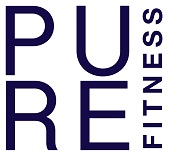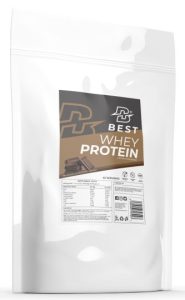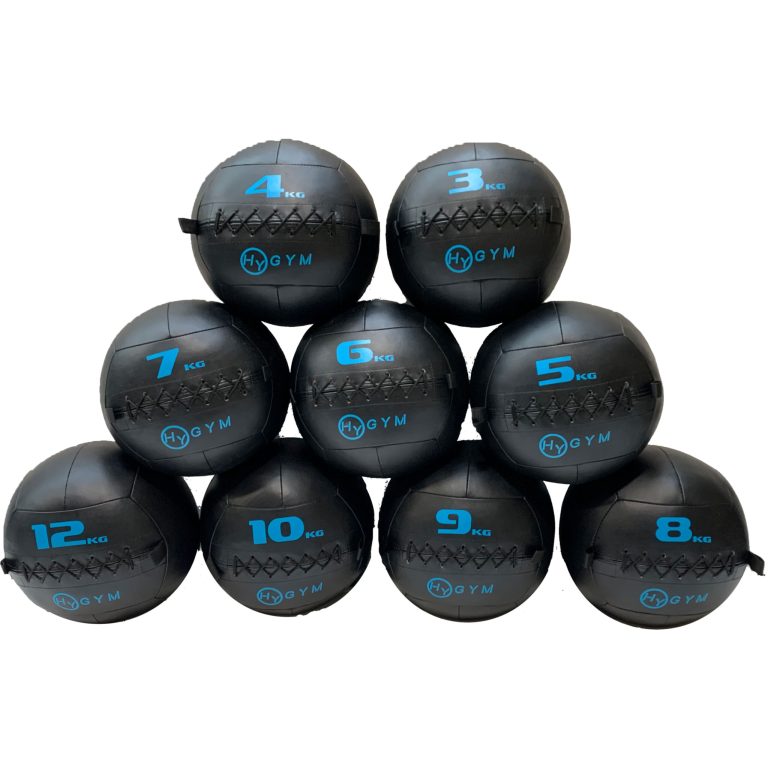Are you on a mission to find the perfect protein bar or shake, but feeling overwhelmed by the countless options available? Don’t worry, we’ve got you covered! In this article, we will guide you through the process of choosing the ideal protein bar or shake that suits your needs and preferences. Whether you’re an athlete looking to enhance your performance or simply trying to incorporate more protein into your diet, we’ve got the tips and tricks to help you make the best choice. So grab a pen and paper, because by the end of this article, you’ll be a protein bar and shake expert!
Table of Contents
ToggleConsider Your Goals
When choosing a protein bar or shake, it is important to consider your goals. Are you looking to lose weight, build muscle, or simply improve your overall health? Identifying your goals will help you make the right choice when selecting a protein supplement.
Weight Loss
If your goal is weight loss, it is crucial to choose a protein bar or shake that is low in calories and sugar. Look for options that are high in protein, as this will help keep you feeling full and satisfied while also promoting muscle growth and repair.
Muscle Building
If you are focused on building muscle, a protein bar or shake with a higher protein content is essential. Look for options that contain at least 20 grams of protein per serving. Additionally, bars or shakes that also contain branched-chain amino acids (BCAAs) can be beneficial for muscle recovery and growth.
General Health
If your main goal is to improve your overall health, a protein bar or shake that provides a balanced nutritional profile is key. Look for options that offer a variety of vitamins and minerals, as well as a moderate amount of protein, carbohydrates, and healthy fats.
Read the Ingredients
Reading the ingredients list is an important step in choosing a protein bar or shake. By doing so, you can ensure that you are selecting a product that aligns with your dietary preferences and needs.
Protein Source
One of the first things to check is the source of protein in the bar or shake. Common protein sources include whey, casein, soy, and plant-based proteins such as pea or hemp. Consider your dietary preferences and any allergies or sensitivities when choosing a protein source.
Sugar Content
Pay attention to the sugar content listed in the ingredients. Protein bars and shakes often contain added sugars to enhance taste, but excessive sugar intake can be detrimental to your health. Look for options that have a low sugar content or choose those that use natural sweeteners such as stevia or monk fruit extract.
Artificial Sweeteners
While some protein bars and shakes use artificial sweeteners to reduce sugar content, it is important to be mindful of their potential side effects. If you have concerns about artificial sweeteners, opt for products that use natural sweeteners or have no added sweeteners at all.
Allergens
If you have any food allergies or sensitivities, be sure to read the ingredients list carefully to avoid any potential triggers. Common allergens to watch out for include gluten, dairy, soy, and nuts. Look for bars or shakes that are specifically labeled as allergen-free or suitable for your dietary restrictions.
Other Additives
Take note of any other additives listed in the ingredients. Some protein bars and shakes may contain additional ingredients such as fiber, pre-workout enhancers, or vitamins and minerals. Consider whether these additives align with your goals and preferences.
Check the Nutritional Information
In addition to reading the ingredients, checking the nutritional information is essential for making an informed choice when it comes to protein bars and shakes. This will give you a better understanding of the overall macronutrient profile and calorie content of the product.
Calories
Take note of the calorie content per serving. If you are watching your calorie intake, opt for bars or shakes that have a lower calorie count. However, keep in mind that the calorie content may vary depending on the size and type of bar or shake.
Protein Content
The protein content is a crucial aspect to consider, especially if your goal is muscle building or recovery. Aim for options that provide at least 20 grams of protein per serving. Higher protein content can help promote muscle growth and repair.
Carbohydrate Content
The amount of carbohydrates in a protein bar or shake can vary significantly. If you are following a low-carb or keto diet, choose options that have a lower carbohydrate content. On the other hand, if you are looking for a quick source of energy, options with higher carbohydrate content may be more suitable.
Fat Content
Check the fat content of the protein bar or shake. While healthy fats are an important part of a balanced diet, excessive fat intake may not align with your goals. Choose options that offer a moderate amount of healthy fats, such as those derived from nuts or seeds.
Fiber Content
Fiber is an important component of a healthy diet, promoting digestion and overall gut health. Consider options that contain a good amount of fiber, as it can help keep you feeling full and aid in digestion.
Evaluate the Macronutrient Ratio
The macronutrient ratio of a protein bar or shake refers to the balance between protein, carbohydrates, and fats. Evaluating this ratio can help you determine if the product aligns with your specific goals and preferences.
Protein-to-Carb Ratio
If your main goal is muscle building, look for options with a higher protein-to-carb ratio. This means that the product contains more protein compared to carbohydrates. This ratio is important for muscle recovery and growth.
Protein-to-Fat Ratio
For those looking to maintain a moderate fat intake, a protein-to-fat ratio is crucial. Look for options that provide a higher protein-to-fat ratio, ensuring that the product is primarily focused on protein content rather than fat.
Carb-to-Fat Ratio
If you are following a low-carb or ketogenic diet, considering the carb-to-fat ratio is important. Choose options that have a lower carb-to-fat ratio, meaning that they contain more fat than carbohydrates. This ratio is typically suitable for those aiming for ketosis.
Consider the Purpose of Use
It is essential to consider the purpose for which you are using the protein bar or shake. Different products may be better suited for pre-workout fuel, post-workout recovery, or as a meal replacement.
Pre-Workout Fuel
If you need a quick source of energy before your workout, opt for bars or shakes that contain a good balance of protein, carbohydrates, and possibly a small amount of healthy fats. Look for options that are easily digestible and provide a boost of energy.
Post-Workout Recovery
After a workout, it is important to replenish your body with protein and other essential nutrients to aid in muscle recovery. Choose options that have a higher protein content and possibly added branched-chain amino acids (BCAAs) to support muscle repair and growth.
Meal Replacement
Protein bars and shakes can also be a convenient option for a quick and balanced meal replacement. Look for options that have a well-rounded nutritional profile, providing a good balance of protein, carbohydrates, fats, vitamins, and minerals.
Consider Taste and Texture
When it comes to protein bars and shakes, taste and texture can play a significant role in your overall satisfaction and enjoyment of the product.
Preference for Sweetness
Consider your personal preference for sweetness. Some protein bars and shakes are naturally sweetened, while others may contain artificial sweeteners. Choose options that align with your taste preferences and comfort level with different types of sweeteners.
Preference for Texture
Texture can also impact your satisfaction with a protein bar or shake. Some people prefer a softer texture, while others enjoy a chewy or crunchy consistency. Keep your texture preferences in mind when selecting a product to ensure a pleasurable eating experience.
Research the Brand and Manufacturer
Before purchasing a protein bar or shake, take the time to research the brand and manufacturer. This will help ensure that you are purchasing a product from a reputable source that prioritizes quality and safety.
Reputation
Look for brands that have a good reputation within the health and fitness community. Consider reading customer reviews, checking social media accounts, or consulting trusted sources for recommendations. A brand with a positive reputation is more likely to provide high-quality products.
Quality Control
Pay attention to the quality control measures taken by the brand and manufacturer. Look for information on their manufacturing processes, ingredient sourcing, and testing procedures. Brands that prioritize quality control are more likely to consistently provide safe and reliable products.
Certifications
Certain certifications can provide additional assurance of a brand’s commitment to quality and safety. Look for products that are certified by third-party organizations, such as NSF International or Informed Choice. These certifications ensure that the products have undergone rigorous testing and meet specific quality standards.
Read Reviews and User Feedback
Reading reviews and user feedback can provide valuable insights into the effectiveness, taste, and overall experience of using a particular protein bar or shake.
Online Reviews
Visit reputable websites and platforms that provide customer reviews for protein bars and shakes. Take note of both positive and negative feedback to get a well-rounded perspective. Look for common themes in the reviews to help you make an informed decision.
Fitness Community Feedback
Engage with the fitness community, whether through online forums, social media groups, or local fitness clubs. Seek advice and recommendations from individuals with similar goals and interests. Listening to firsthand experiences can provide valuable information to aid in your decision-making process.
Consider the Price
Price is a factor that many people take into consideration when choosing a protein bar or shake. While it is important to find value for your money, it is equally important to consider the overall quality and effectiveness of the product.
Cost per Serving
Calculate the cost per serving of the protein bars or shakes you are considering. Compare this with the nutritional value and quality of the product to determine if it aligns with your budget.
Value for Money
When considering the price, weigh the benefits and effectiveness of the product against the cost. A higher-quality protein bar or shake may offer better value for money in terms of its nutritional profile, taste, texture, and overall experience.
Consult with a Nutritionist
If you still have questions or concerns about choosing the right protein bar or shake, it is always a good idea to consult with a nutritionist or a healthcare professional. They can provide tailored advice based on your specific goals, dietary needs, and any health conditions you may have.
Tailored Advice
Nutritionists can provide personalized recommendations based on your individual needs, taking into account your goals, preferences, and any dietary restrictions or allergies you may have. This can help ensure that you are making the best choice for your specific circumstances.
Specific Dietary Needs
If you have specific dietary needs, such as following a vegan or gluten-free diet, a nutritionist can help you navigate the options available to you. They can provide guidance and suggest suitable alternatives that meet your requirements.
Making the Right Choice
In summary, choosing the right protein bar or shake involves considering your goals, reading the ingredients and nutritional information, evaluating the macronutrient ratio, and taking into account the purpose of use, taste, texture, brand reputation, user feedback, price, and consulting with a nutritionist if needed. By carefully considering these factors, you can find a protein bar or shake that aligns with your goals, preferences, and dietary needs, ultimately helping you achieve your health and fitness objectives.











